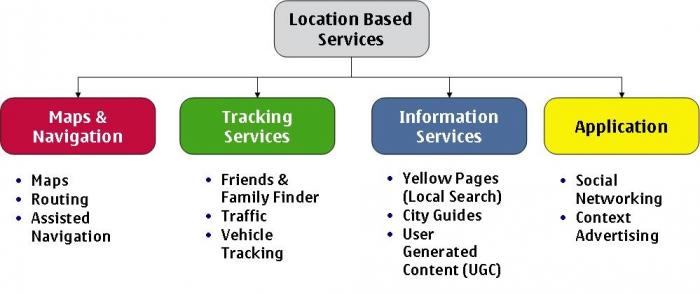Our Telecom industry has gone through different stages over the course of time. A decade ago, telecom industry was nurturing towards consolidation and today it has achieved something that might’ve not been aspired at the start of GSM operations in our country.
Reaching subscriber count of 100 million is a milestone in itself and regulatory authority in close collaboration with Telecom service providers has always been striving to offer valued services to mobile phone users of the country.
Today, telecom service providers are braced with different challenges than what they were facing at the launch of operations. The prime focus of every telecom service provider is to capture new subscribers and retain their existing customers by providing them attractive offers every now and then.
To accomplish their aim, telecom operators have been providing their customers diverse set of options and services. Whether it’s MNP, call & SMS packages, data packages, happy hours, late night offers, re-activation of old un-used SIMs or any other offer, telecom operators have exploited every single opportunity they can to outperform in their regime.
While in current scenario, there might not be much room available for operators to offer something more appealing like afore-mentioned services, unless and until 3G services are launched, yet they’re ready to take the lead in presenting every possible service they find compatible with the market conditions.

What’s Location Based Charging (LBC):
By definition; Location Based Charging (LBC) is a service in which a special charge (tariff value) is applied to the subscriber whenever he utilizes network services (calls, SMS, data usage) from a specific cluster of GSM cells.
On the contrary, there’s also the concept of Home Zone Billing (HZB) in which subscribers have the provision of selecting specific cell clusters as home zone and all the network activities from that zone will be charged at different rates than other locations.
In LBC, subscribers don’t have the provision of selecting the area as it’s already defined by the operator and ideally it’s a non-subscription based service. Since we don’t have the concept of HZB in our GSM networks yet so focus will be on different scenarios where LBC can be useful.
Current Scenario & Conclusion:
Ideally, LBC is a non-subscription based service compared to HZB (which is a subscription based service) but current solution offered by our network operators requires subscription for the purpose.
It would’ve been more attractive offer if subscribers would be charged at discounted rates in those areas where LBC is launched and whenever they’re out of that area, normal call charges would be applied based on their package (without any subscriptions).
Moreover, current solution offers subscription only for voice calls while it can be diversified if data and messaging facilities are also offered additionally for the same price. This might seem exciting in theory but we can’t rule out the possible impact it can have on service.
For example, if subscribers of large cities are offered LBC service without any subscription then chances are there’ll be huge amount of traffic resulting in network over-load and deteriorated network quality.
So, a better approach would be to offer subscription based LBC service in densely populated areas while also exploiting above mentioned scenarios wherever feasibility is present.
